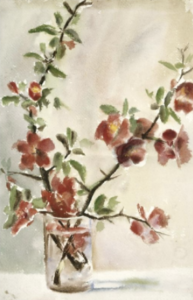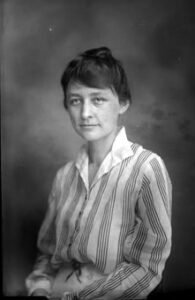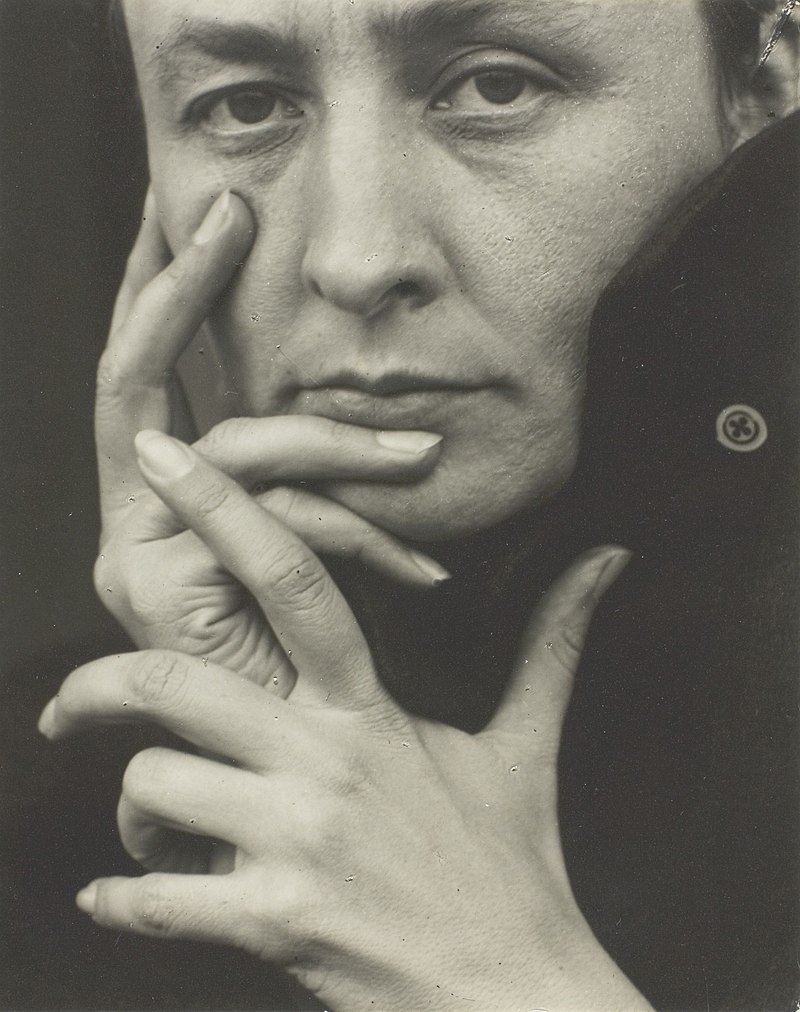On November 15th, 1887, Georgia O’Keeffe was born, marking the beginning of a remarkable artistic journey that would leave an indelible mark on American modernism. O’Keeffe’s innovative approach to art, characterized by her vibrant depictions of flowers, landscapes, and skyscrapers, challenged the boundaries of contemporary art and paved the way for women artists.

Georgia O’Keeffe was born in Sun Prairie, Wisconsin, the second of seven children. From an early age, she displayed a passion for art and a keen eye for observation. Her artistic talent was nurtured by her parents, who recognized her potential and encouraged her to pursue her passion.

After completing high school, O’Keeffe enrolled at the School of the Art Institute of Chicago, where she honed her skills and developed her unique artistic style. She then went on to study at the Art Students League in New York City, where she was exposed to the vibrant art scene of the early 20th century.
During her time in New York, O’Keeffe was influenced by the works of modernist artists such as Arthur Dove and Marsden Hartley. Their bold and innovative approach to art inspired O’Keeffe to experiment with new techniques and subject matter.

O’Keeffe’s breakthrough came in the 1920s when she began painting large-scale close-ups of flowers, such as her famous series of magnolias and irises. These paintings, characterized by their bold colors and abstracted forms, captured the essence of the flowers in a way that was both realistic and highly expressive.

Her unique approach to flower painting earned her critical acclaim and established her as a leading figure in American modernism. O’Keeffe’s ability to capture the beauty and essence of her subjects in a way that transcended traditional representation set her apart from her contemporaries.
In addition to her floral paintings, O’Keeffe also became known for her striking landscapes, particularly those of the American Southwest. Inspired by the vast open spaces and unique rock formations of New Mexico, O’Keeffe’s landscapes captured the spirit and essence of the region.
O’Keeffe’s artistic vision extended beyond the canvas. She was also a skilled photographer, capturing intimate and abstracted images of natural forms, such as shells and bones. Her photographs, like her paintings, revealed her unique perspective and ability to find beauty in unexpected places.
Throughout her career, O’Keeffe faced challenges and obstacles as a woman artist in a male-dominated art world. However, her unwavering dedication to her craft and her refusal to conform to societal expectations allowed her to break through barriers and forge her own path.
O’Keeffe’s contributions to American modernism were recognized and celebrated during her lifetime. She received numerous awards and honors, including the Presidential Medal of Freedom in 1977. Today, her works can be found in major museums and collections around the world, and her legacy continues to inspire and influence artists of all generations.

Georgia O’Keeffe’s birth in 1887 marked the beginning of a journey that would revolutionize American art. Her unique and vibrant depictions of flowers, landscapes, and skyscrapers challenged the boundaries of contemporary art and paved the way for women artists. Today, her legacy as a pioneering American modernist remains as strong as ever.
SEO Excerpt:
On November 15th, 1887, Georgia O’Keeffe was born, marking the beginning of a remarkable artistic journey that would leave an indelible mark on American modernism. O’Keeffe’s innovative approach to art, characterized by her vibrant depictions of flowers, landscapes, and skyscrapers, challenged the boundaries of contemporary art and paved the way for women artists.
External References:
– Georgia O’Keeffe Museum
– The Metropolitan Museum of Art – Georgia O’Keeffe
– National Gallery of Art – Georgia O’Keeffe

